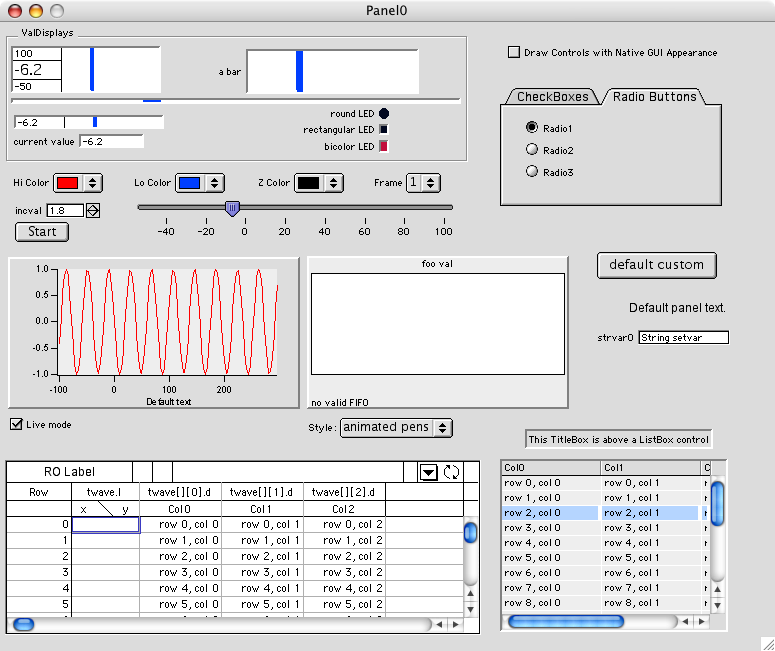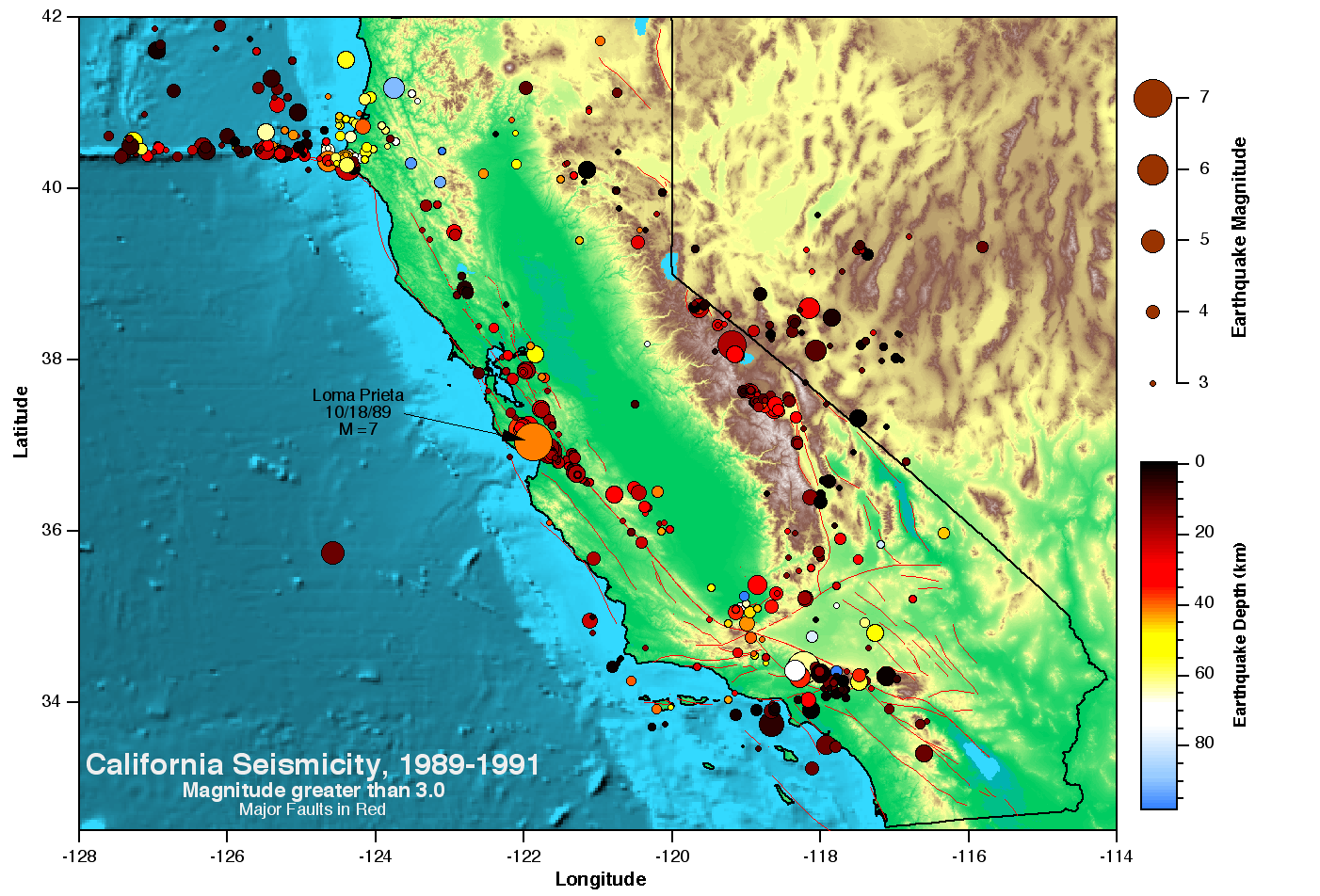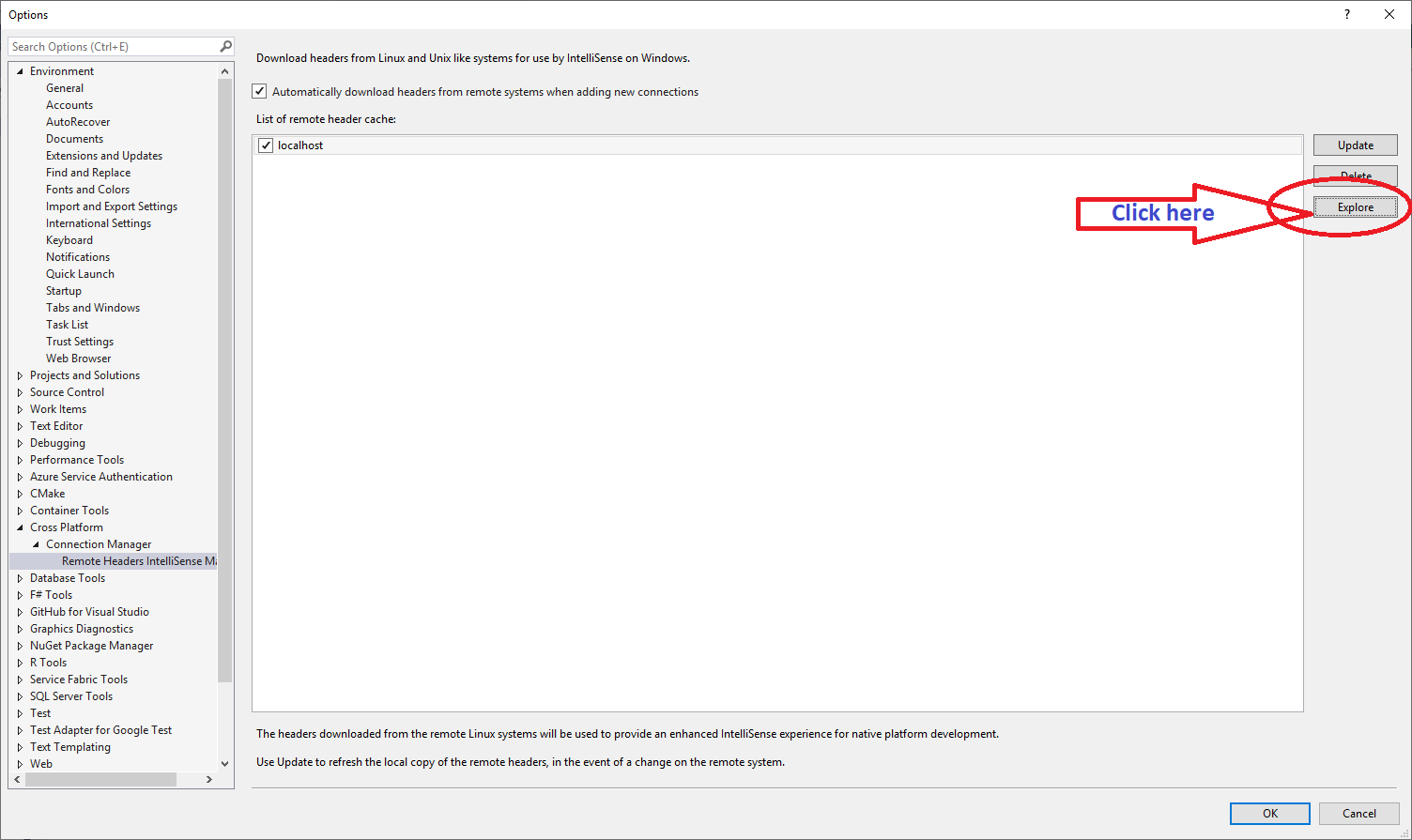
- OPEN .JCAMP FILE WITH IGOR PRO SOFTWARE
- OPEN .JCAMP FILE WITH IGOR PRO CODE
- OPEN .JCAMP FILE WITH IGOR PRO SERIES
provides links to third party sites only as a convenience and the inclusion of such links on our site does not imply 's endorsement of either the site, the organization operating such site, or any products or services of that organization.

Note: We try to keep all external and related links up-to-date, however we are not responsible for the content of any site linked, further links on sites linked, or any changes or updates to the the information found on these sites.
OPEN .JCAMP FILE WITH IGOR PRO SOFTWARE
These were downloaded from freely-available internet databases, and can be used as example format files.File types | Find file converter | Software | Articles | FAQs | Privacy policy | About us | RSS The repository comes with four folders containing JCAMP-format files: infrared_spectra/, mass_spectra/, raman_spectra/, and uvvis_spectra.

OPEN .JCAMP FILE WITH IGOR PRO SERIES
You can view a notebook demo in the doc folder to see how you can produce a series of plots showing spectra. Based upon NIST's infrared database, typical values for guessing here are partial_pressure = 150.0 mmHg and path length = 0.1 m.
OPEN .JCAMP FILE WITH IGOR PRO CODE
(That is, no conversion to quantitative cross-section will be attempted.) If this option is set to True, then if the code finds missing data, it will attempt to generate a quantitative cross-section by guessing the missing values. If the skip_nonquant optional input argument is used, then any input spectrum that does not have the complete path_length and partial_pressure fields in its dictionary will be passed without modification. For example, setting wavemin=8.0 and wavemax=12.0 means that the returned data arrays will only contain data corresponding to those wavlengths. The optional arguments wavemin, wavemax are used if the user wishes to truncate the data to only a desired spectral range. Xsec: the array of cross-section values (in units of m^2 at 1ppm.m)Īnd modifying the fields:: xunits: micron Wavenumbers: the array of wavenumber values (in cm^-1) for each data point Changes to the dictionary may including adding the fields:: wavelengths: the array of wavelength values (in microns) for each data point The JCAMP_calc_xsec() function takes as input the data dictionary jcamp_dict, and manipulates that dictionary directly without having a separate return value. The JCAMP_calc_xsec() function is intended to takes as input the result of the JCAMP_reader() function and to convert the x data to wavelength in microns, and the y data to cross-section in units of m^2 for gas concentration of 1ppm at standard atmospheric pressure and temperature, across a path length of 1 meter. The units of x and y are whatever are indicated in the header fields xunits and yunits, if these exist. (2) two arrays x and y, giving the scaled values of the data points (scaled according to the xfactor and yfactor fields in the header, if they exist. Specifically, the keys contained in the dictionary are: (1) the field names found in the file's header, with values being int- or float-type if the corresponding field is a numerical type, or a string-type otherwise.

The JCAMP_reader() function takes a filename as input, and returns a dictionary containing the data found in the file. A set of Python utilities for reading JCAMP-DX files.


 0 kommentar(er)
0 kommentar(er)
